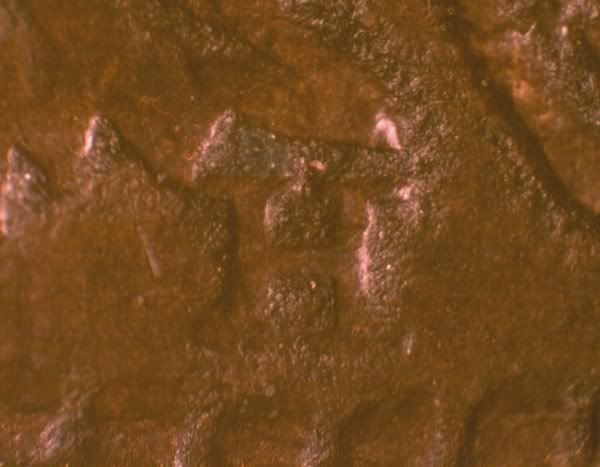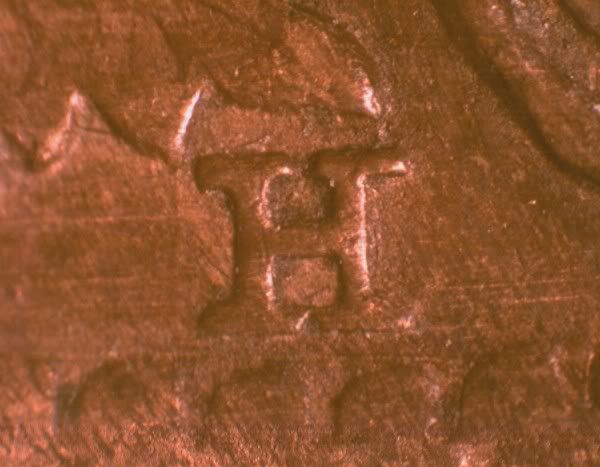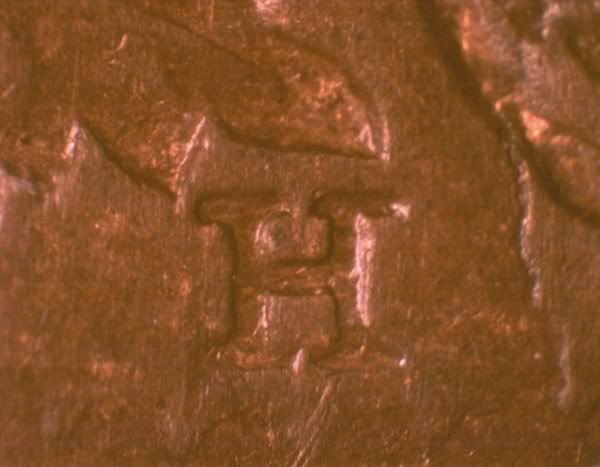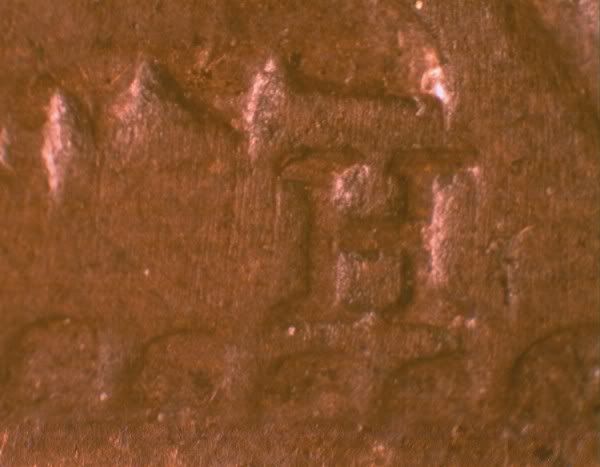I was browsing through some back issues of the CN Journal the other day and re-read an article on the 1900H large cent. This particular date has not received much attention from variety collectors since it is generally believed that there is little happening on either side of the coin with these lads.
In 1900, the royal mint split the mintage and 2.6 of the 3.6 million coins minted that year were contracted to Heaton to complete. Here is where the interesting part comes into play. Heaton hand stamped their little H into each of the working dies used that year. Since this was hand stamped, the H is never exactly in the same place. It moves around enough that you can easily pick out differences with a 10x loupe.
Here is a little research project for you. How many different reverse working dies can you identify? Now don’t shy away, this will actually be a neat project to work on for several reasons:
First, this date is easily obtainable at very reasonable prices. You can probably pick up VF-EF examples in the $5-15 dollar range. I have found it best to stay at the VF+ level for this type of work. Any more wear than that just frustrates the heck out of me when I can’t make a determination due to wear.
Second, these are readily available and there are lots of them, no one is hording them.
Third, you have a known starting point with the H. The leaves and the denticles don’t move so they are your reference points. Look at where the H is in relation to them. Are there differences in the H itself?
Forth, You can supplement your reverse evaluation with secondary markers such as die cracks. If the H is in a similar placement but the cracking is different, you have 2 different working dies.
Number your coins and keep good notes or you will find you are redoing the same evaluation over and over on the same coins. Photographs always help.
A few examples are presented below so you can get the idea. Give it a crack and dive a bit deeper into variety collecting by discovering and documenting these through your own efforts. It is very rewarding to flesh out a group of coins that have previously been ignored.
 |
| H is high left with the upper left serif of the H touching the tip of the lobe of the leaf. |
 |
| H is far left with the top of the upper left serif touching the tip of the lobe of the leaf. This actually looks like a bridge from a die chip. |
 |
| H is high in relation to the tip of the leaf lobe. |
 |
| H is even in relation to the tip of the leaf lobe. Note the die crack to the right of the H. |
 |
| H is low and far from the leaf to the right. |
 |
| H is low and far from the leaf to the right. Note the die crack in the H. |


Hi Dan. I have only two 1900H coins and I checked them out with my microscope.
ReplyDeleteThe first one was easy. It matched perfectly with your "low and far from the leaf to the right" but no die crack.
The second is a puzzle. It's upper right serif is even with the right leaf and doesn't extend any further to the right. The left serif doesn't touch the left leaf...it doesn't even come close. It looks very similar to the fifth pic in your blog, except for the right serif. It is almost like a skinny H .
Any way it was fun. I wish I had more to check out, but in time I will.
Thanks
Alan
This sounds like a fun research project I'd love to try.
ReplyDelete